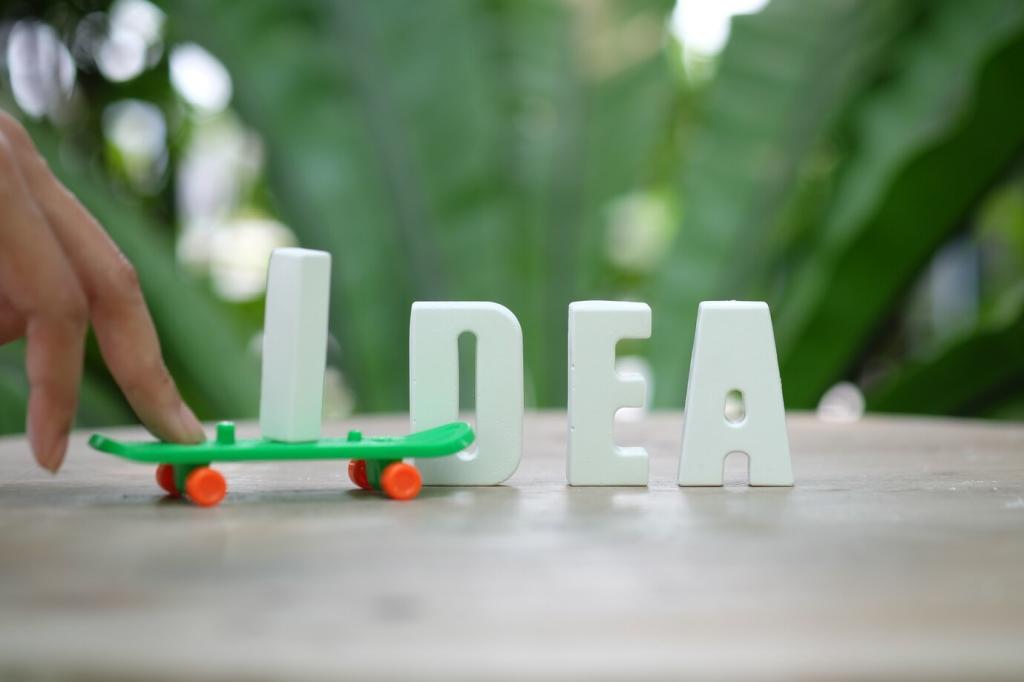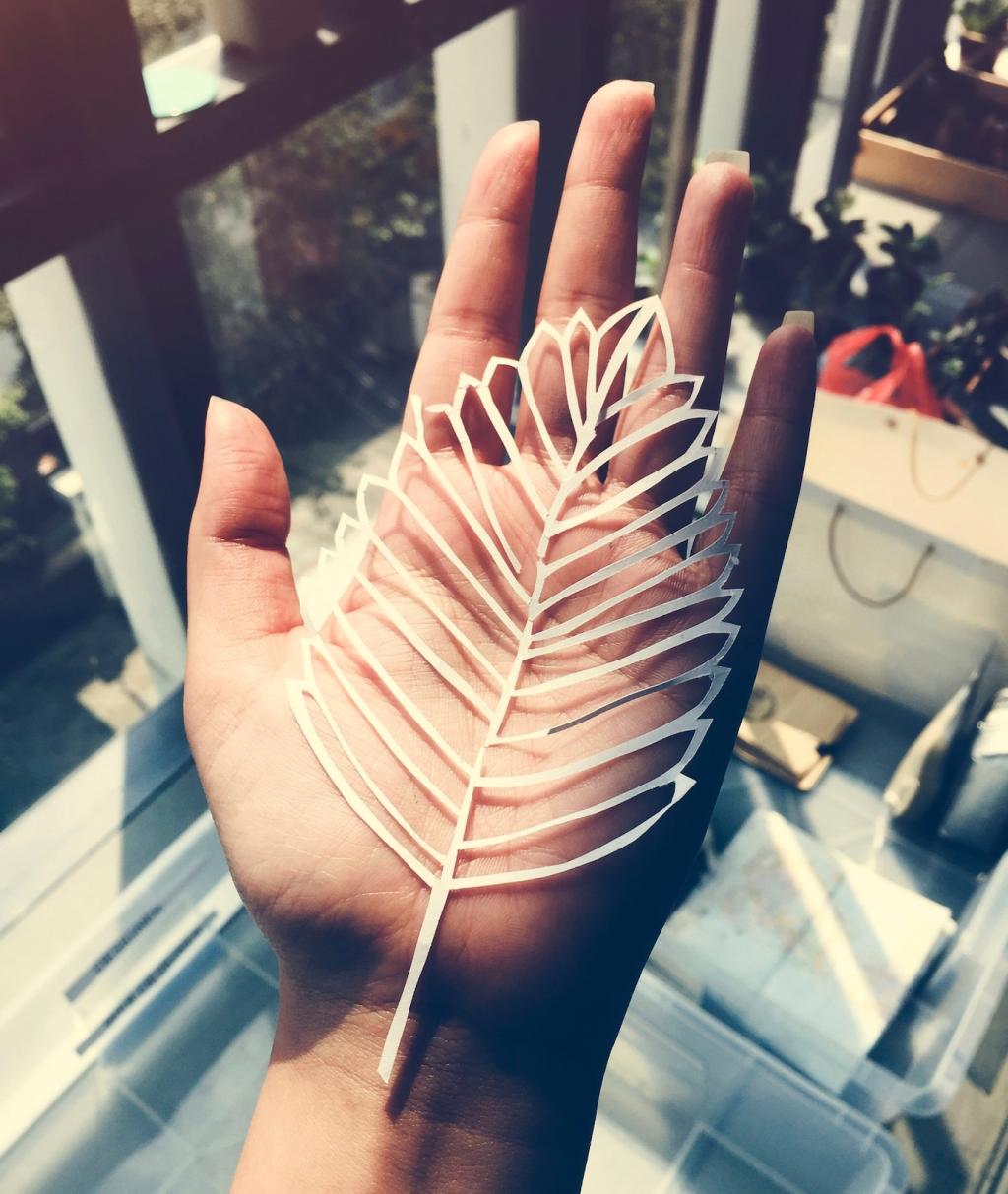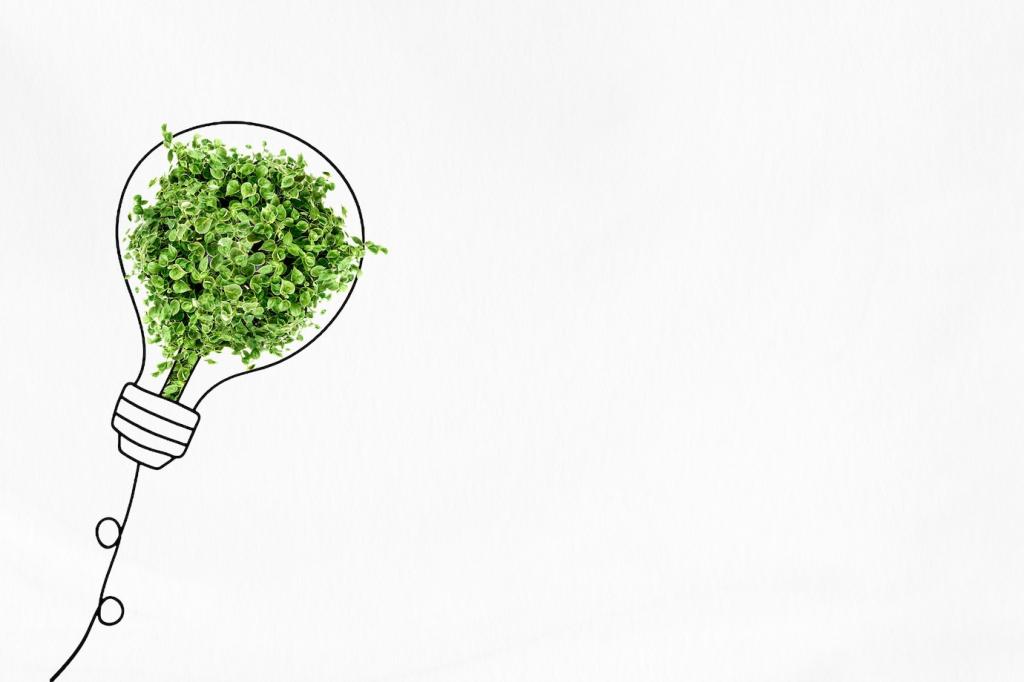Discover the joy and impact of transforming everyday waste into functional or decorative treasures with DIY upcycling projects. By creatively reusing materials that might otherwise be thrown away, you not only reduce your environmental footprint but also add unique, personal touches to your home. Explore a range of accessible projects, tips, and inspiration designed to help you make the most of discarded items, all while contributing to a more sustainable future.
Creative Ways to Repurpose Household Items

Turning Glass Jars into Storage Solutions
Empty glass jars from sauces, jams, or pickles often end up in recycling bins, but they hold immense upcycling potential. Cleaned and adorned with labels or paint, these jars become attractive storage solutions for anything from pantry staples to craft supplies. Their transparent nature makes contents visible, simplifying organization and retrieval. With the addition of creative lids, handles, or decorative finishes, glass jars transform into kitchen canisters, desk organizers, or even vases. Upcycling jars not only saves them from landfills but also reduces your need to buy new containers, marrying sustainability with aesthetic improvement. The process is enjoyable and easy, making it suitable for all skill levels, and the possibilities for customization are endless.

Transforming Old T-Shirts into Reusable Bags
Textile waste is a growing environmental issue, but old T-shirts offer an excellent opportunity for upcycling into something practical and eco-friendly: reusable bags. By cutting and tying or sewing a few simple seams, anyone can convert a worn-out shirt into a sturdy carry bag perfect for groceries or everyday use. This project requires minimal materials and basic skills, turning otherwise discarded clothing into a valuable tool for reducing plastic bag consumption. Customizing your bags with fabric paint, patches, or dye lets you express individuality while promoting sustainable habits. Each upcycled bag serves as a reminder of how everyday waste can be given new purpose with a bit of creativity and care.

Reimagining Furniture with a Fresh Coat of Paint
Worn or outdated furniture need not be discarded; upcycling through repainting breathes new life into old pieces. A simple coat of paint can dramatically change the appearance of tables, chairs, or shelving units. Prepping the surface and selecting colors or patterns that complement your style is part of the fun, allowing you to tailor each piece to your space. This approach not only saves furniture from ending up in landfills but also reduces demand for new products, conserving resources. Whether revitalizing a family heirloom or rescuing a thrift store find, painted furniture upcycling empowers you to curate your home environment while embracing sustainability.
Crafting with Everyday Packaging Materials
01
Cardboard Creations for Home Decor
Cardboard from shipping boxes or product packaging holds surprising potential in DIY upcycling. Sturdy yet workable, cardboard can be cut, shaped, and assembled into a variety of home decor items, from wall art and picture frames to organizers and lampshades. With a bit of paint, fabric, or embellishments, your creations can rival store-bought goods in both style and durability. Working with cardboard encourages problem-solving and experimentation, especially when designing structures for specific needs or spaces. By reimagining cardboard waste as a versatile crafting medium, you understand the value of resources often dismissed, turning mundane materials into objects of beauty and function.
02
Reinventing Tin Cans as Planters
Used tin cans, often tossed after use, can be upcycled into charming planters for indoor or outdoor gardens. After thorough cleaning and removing any sharp edges, cans are ready for a transformation with paint, decoupage, or decorative wraps. Drainage holes can be added easily, making them suitable for a range of plants from succulents to herbs. These upcycled planters introduce industrial chic to your decor while reducing metal waste and the need for purchasing new pots. The project is accessible and satisfying for all ages, ideal for urban gardeners looking to green their spaces creatively and sustainably. Each tin can planter not only showcases your plants but also your commitment to resourcefulness.
03
Upcycling Plastic Bottles into Practical Tools
Plastic bottles are among the most persistent types of waste, but their versatility makes them ideal upcycling candidates. By cutting, shaping, and joining bottles, you can create useful items like watering cans, bird feeders, or even simple storage containers. Decorated with paint or wrapped in natural fibers, plastic bottle creations blend seamlessly into home or garden environments. This form of upcycling reduces plastic pollution and extends the useful life of materials already in circulation. Experimenting with different bottle sizes and shapes enhances creativity and practical problem-solving skills, instilling a sense of accomplishment with each successful conversion of waste into utility.

Assemblage Art from Found Objects
Assemblage art is the creative practice of composing works from an array of found and discarded objects, turning trash into treasure. By combining elements like metal scraps, old toys, fabric remnants, or broken electronics, you can craft unique sculptures or wall hangings that tell a story. Every piece carries its own history and character, making the finished artwork deeply personal and thought-provoking. Using found materials fosters ingenuity, as you explore ways to fit disparate shapes and textures into cohesive forms. Assemblage art brings new value to what was once considered waste, highlighting the endless possibilities for artistic expression in everyday surroundings.

Creating Mosaics with Broken Ceramics
Broken plates, tiles, and glass shards that might otherwise be considered garbage can be upcycled into vibrant mosaics. By arranging these fragments into decorative patterns on surfaces like flower pots, trays, or tabletops, you not only recycle materials but also craft eye-catching, tactile art. Mosaic-making requires careful planning, patience, and a knack for seeing potential in the imperfect. Each project transforms fragments into a harmonious whole, often with mesmerizing color and texture. This upcycling approach produces beautiful, durable works and helps reduce demand for new raw materials, offering both visual and environmental rewards.

Handmade Wall Hangings from Scrap Fabrics
Unused fabric scraps from sewing projects, old garments, or linens can be fashioned into beautiful wall hangings, adding warmth and personality to any room. Arranging strips, squares, or abstract shapes in patterns, and then sewing, knotting, or weaving them together, create unique tapestries full of texture and history. This process embraces the imperfections and diversity of the materials, giving each piece its own distinct character. Upcycled fabric wall art serves as both decor and a conversation piece, inspiring others to think creatively about the potential in what they might otherwise discard. At the same time, these projects reduce textile waste and foster a culture of thoughtful reuse.
